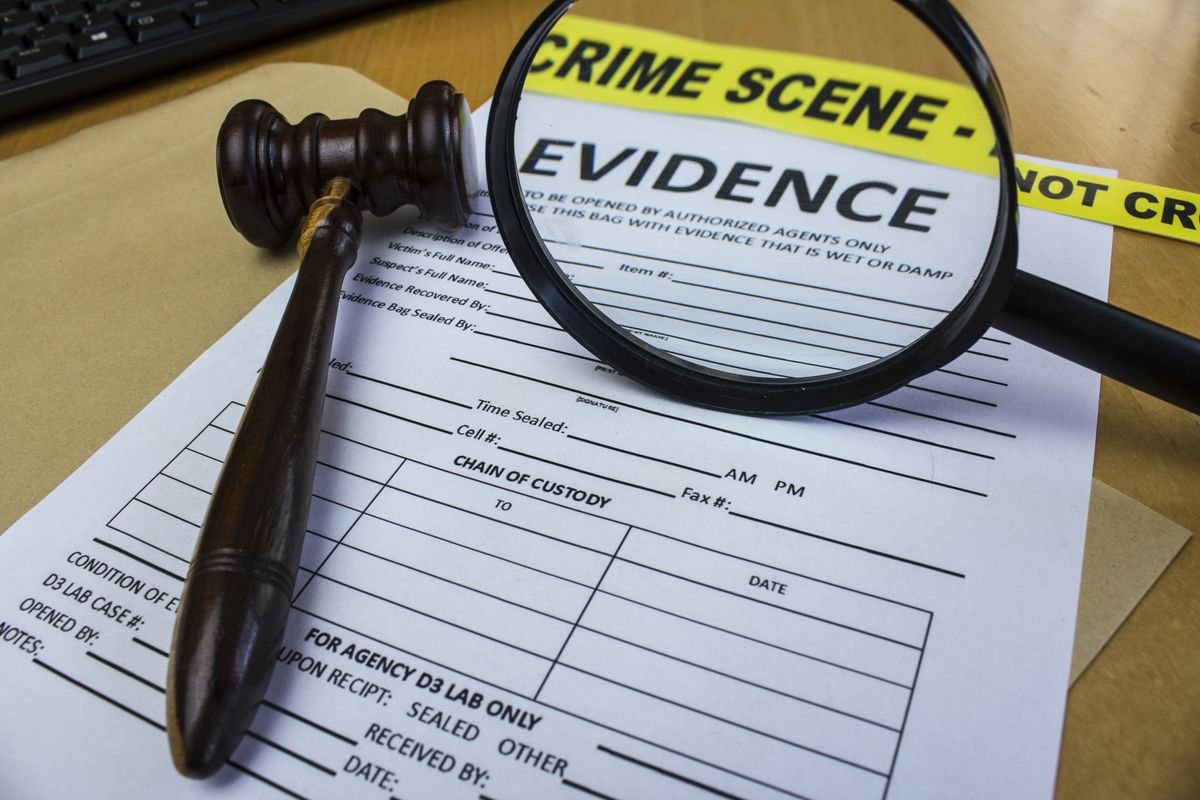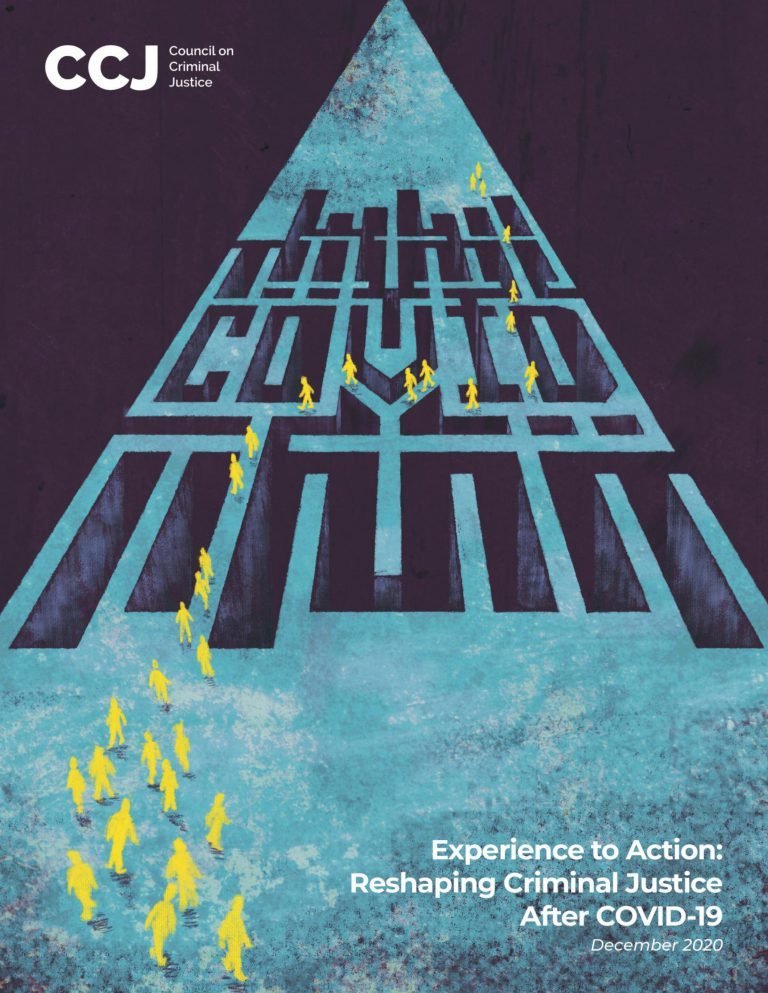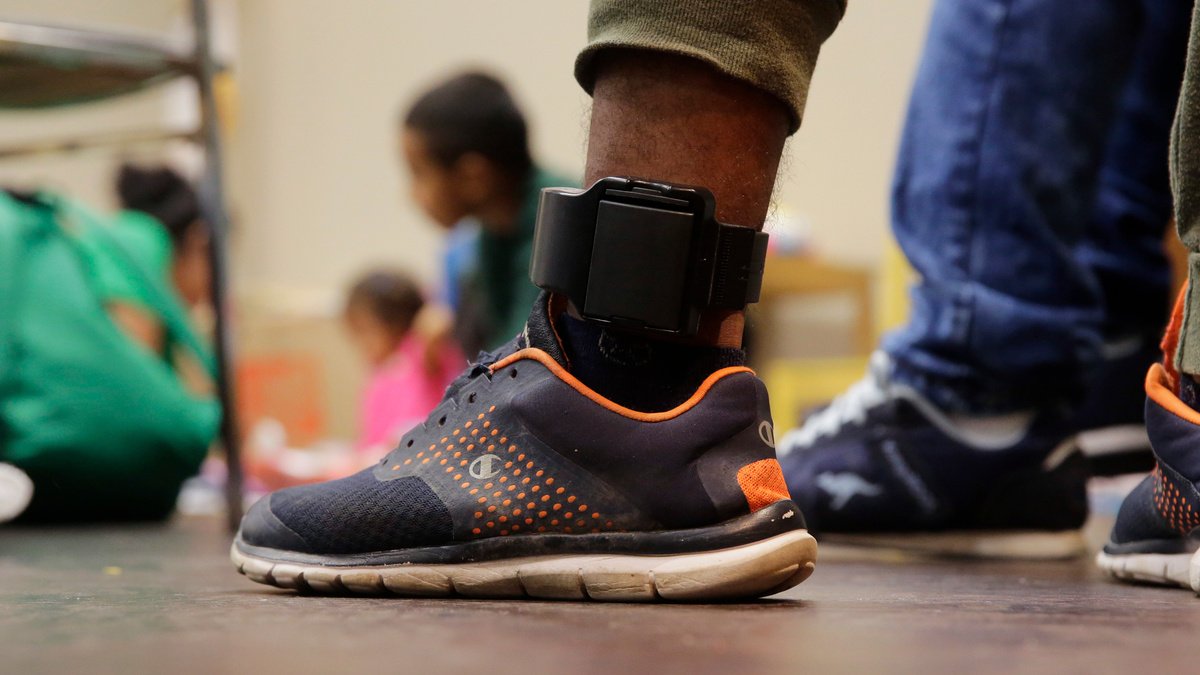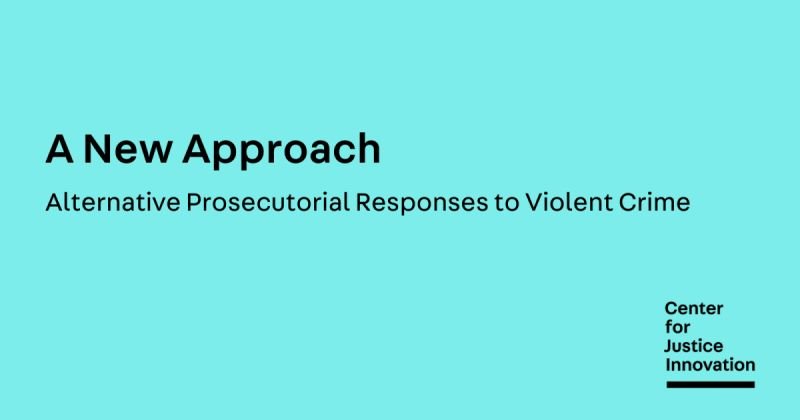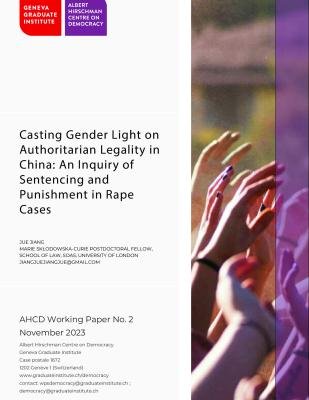By Amos Irwin and Rachael Eisenberg
U.S. cities rely on police as the default responders for most 911 calls, whether they concern a person shouting at a bus stop or a child who refuses to go to school. In most cities, these kinds of issues constitute a significant portion of calls made to 911 call centers. Too often, police are tasked with handling a host of situations that are not about criminal activity, but are about other social issues, without the additional training or resources to respond appropriately. Defaulting to dis patching a police response to these types of 911 calls undermines public safety by diverting resources away from serious and violent crime while neglecting the underlying needs that drive people to call 911 to begin with It can also have a range of unintended consequences, especially for people of color and people with behavioral health disabilities who have been disproportionately harmed by the criminal justice system, where an encounter with police could escalate rather than de-escalate matters. Dispatching community responders to 911 calls can improve both short- and long term outcomes by ensuring that specially trained professionals are available to assist people with certain situations that require de-escalation, conflict resolution, and connections to community-based care. Particularly as jurisdictions across the country struggle to recruit and retain police officers, they are beginning to address these issues by dispatching community responder teams to low-risk calls instead of police. When developing community responder programs, city leaders frequently ask how their 911 call center can best identify calls and direct them to the new teams. To ensure the right response is provided in each situation, 911 call centers may need to alter how they choose which team to dispatch. 911 call centers must effectively identify eligible calls without delaying call times or overburdening their already stretched staff.
Washington, DC: Center for American Progress, 2023. 58p.






